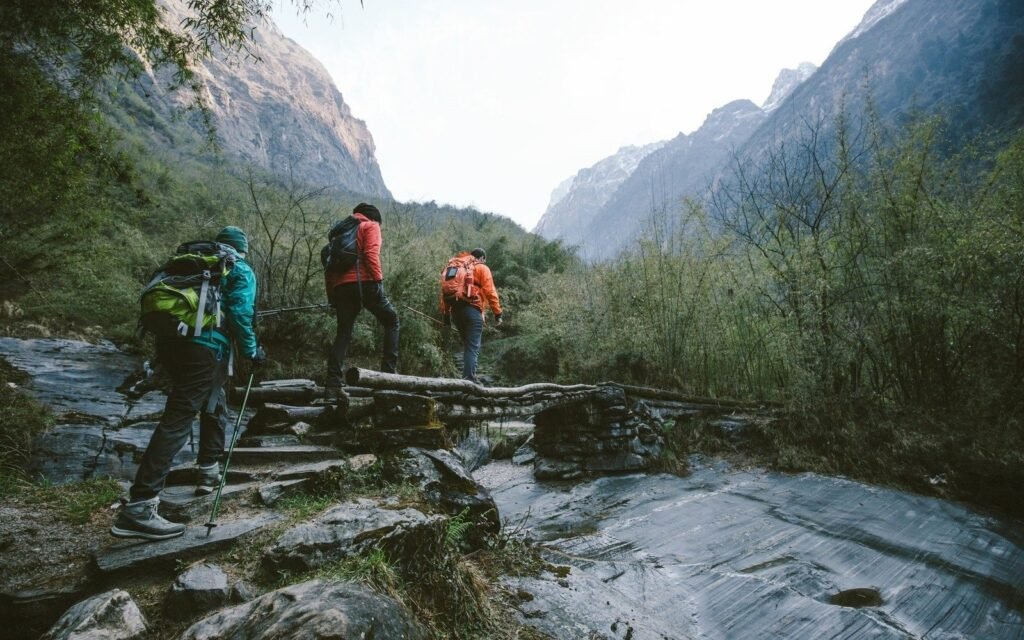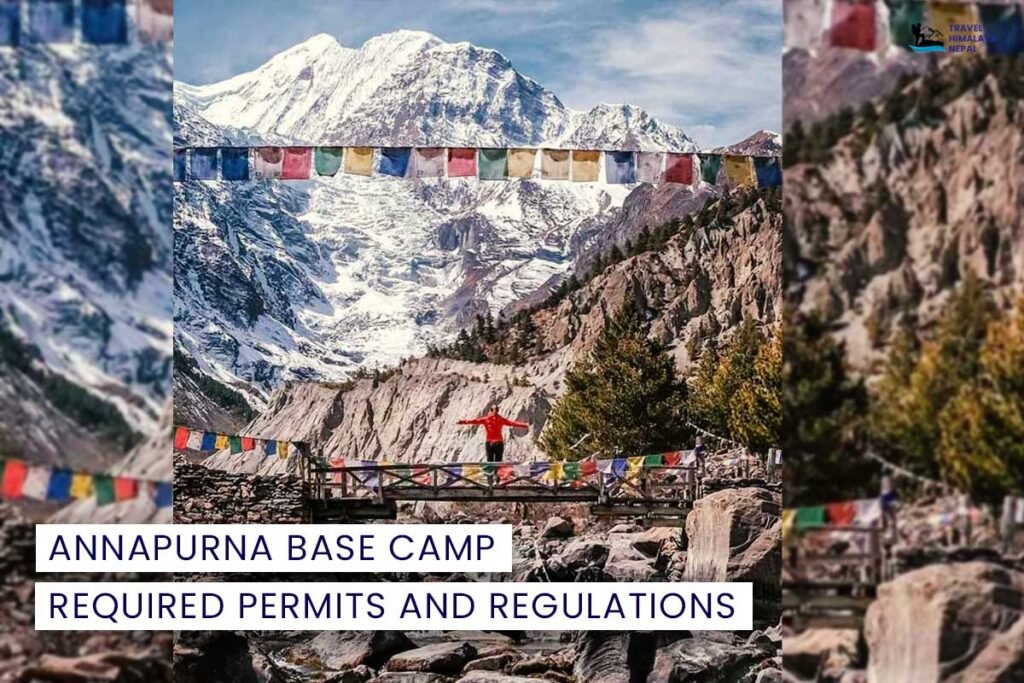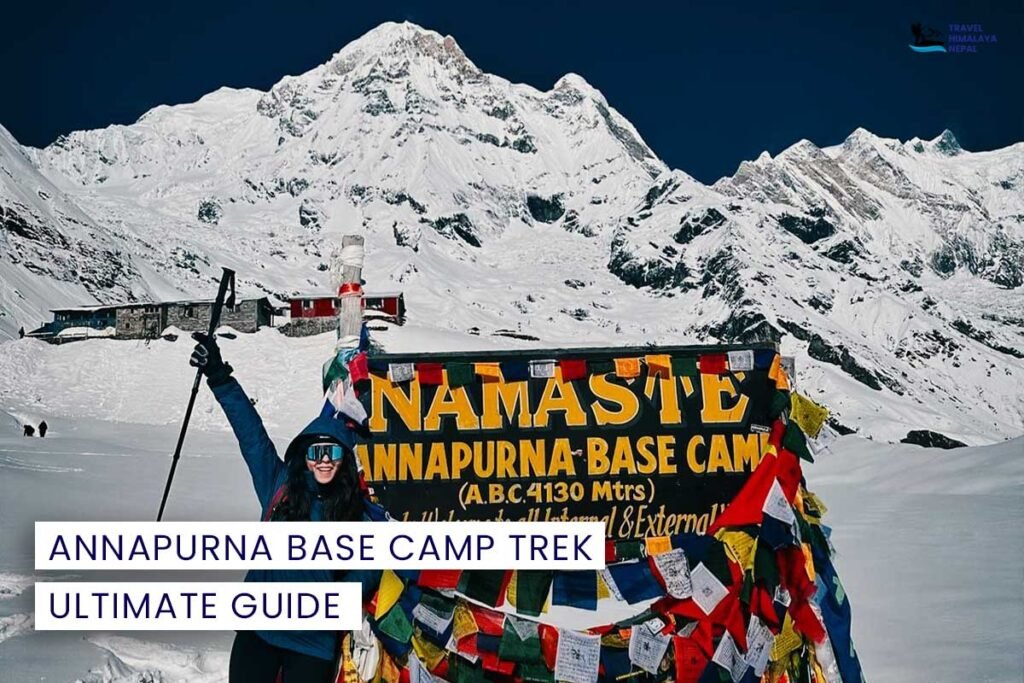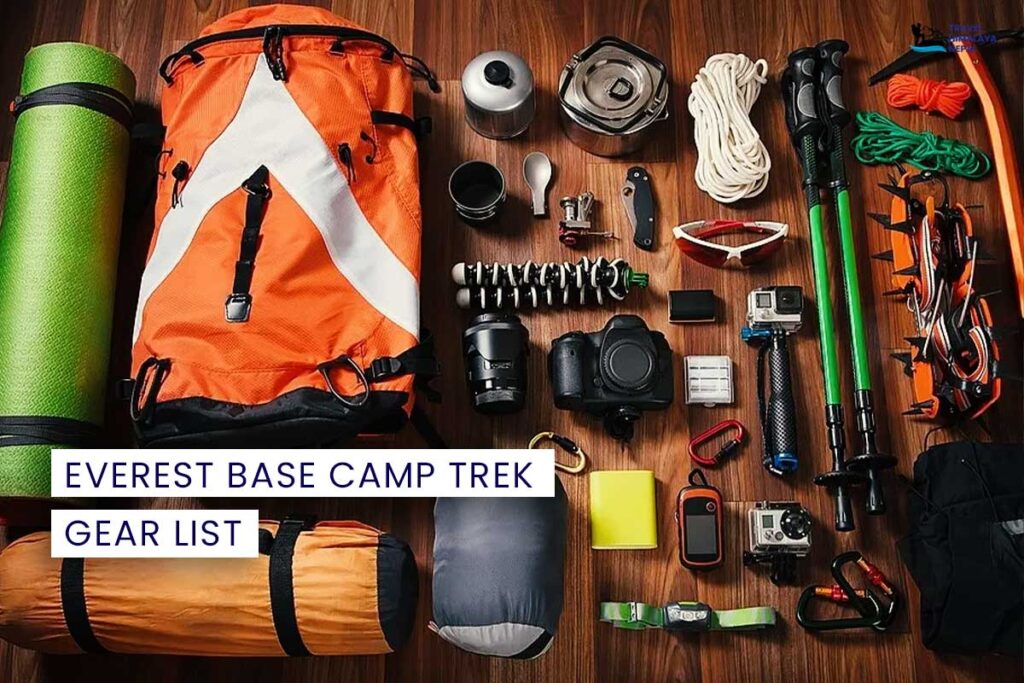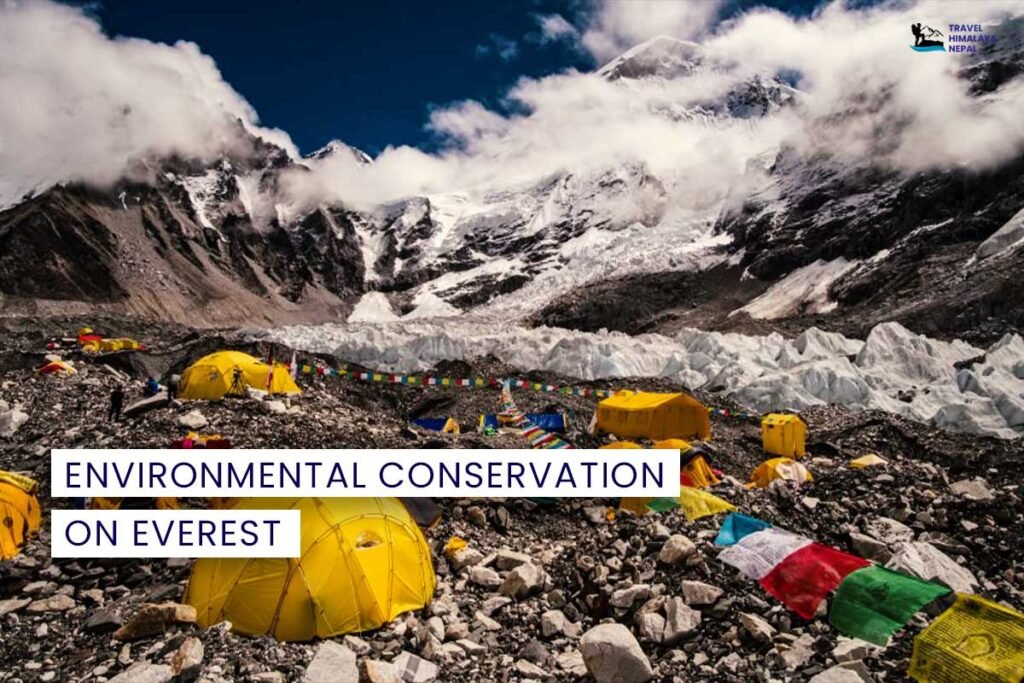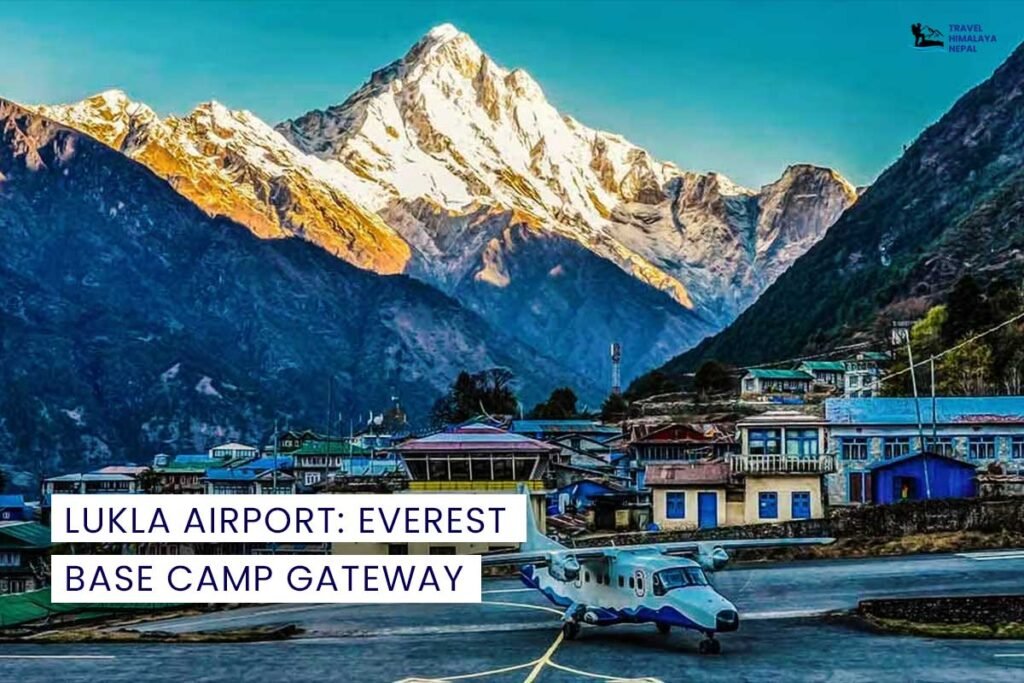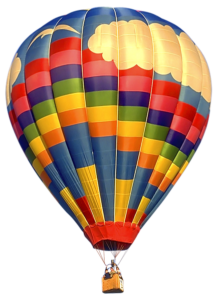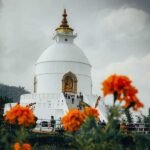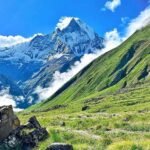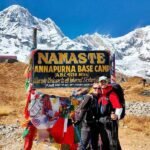The Everest Base Camp Trek (EBC Trek) is not just a hike; it’s an adventure that takes you into the heart of the Himalayas, culminating at the foot of the legendary Mount Everest, the crown jewel of the world. we’ll explore Everest Base Camp Trek Detailed Itinerary that we have updated for 2024.
This trek is a dream for many, but it’s important to set realistic expectations. The EBC Trek is considered moderate to challenging, typically lasting 12-14 days. The high altitude will undoubtedly test your physical fitness, but the rewards are immeasurable. Imagine yourself surrounded by breathtaking mountain scenery, experiencing the unique Sherpa culture, and achieving a profound sense of accomplishment as you reach Everest Base Camp.
This blog post serves as your comprehensive guide to planning your Everest Base Camp Trek. We’ll provide a detailed day-by-day itinerary, insider tips, and essential information to ensure you have a safe, unforgettable, and truly transformative experience.
Everest Base Camp Trek Detailed Itinerary
Pre-Trek in Kathmandu (2 Days)
Your Everest Base Camp adventure begins in Kathmandu, Nepal’s vibrant capital city. Here’s how you’ll spend your first two days:
- Day 1: Arrival, settle in, explore Kathmandu (optional sightseeing)
- Upon arrival in Kathmandu, you’ll be met and transferred to your hotel.
- Take some time to relax, adjust to the time difference, and explore the bustling city at your own pace.
- Consider venturing into the heart of Kathmandu, where ancient temples, bustling bazaars, and charming courtyards await.
- Day 2: Permit acquisition, trek briefing, final preparations
- Today is dedicated to preparing for your trek.
- Your guide will assist you in obtaining the necessary permits for entering Sagarmatha National Park, the Everest region.
- You’ll also have a comprehensive trek briefing, where your guide will discuss the itinerary, safety procedures, and what to expect on the trail.
- Use this time to finalize any gear rentals, pack your backpack, and ensure you have everything you need for the exciting days ahead.
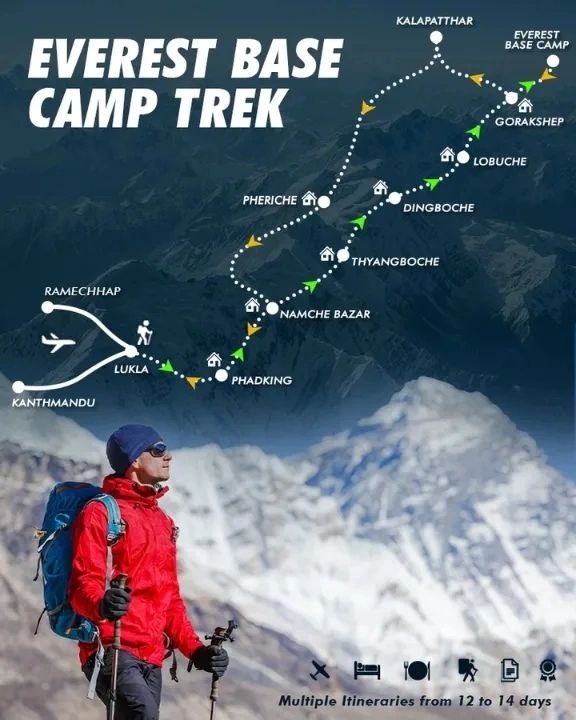
The Trek Begins (Lukla & Khumbu Valley)
Now, it’s time to embark on your long-awaited Everest Base Camp adventure!
- Day 3: Fly to Lukla (gateway town), trek to Phakding (acclimatization)
- Buckle up for an exciting (and weather-dependent) flight to Lukla, a small mountain town nestled amidst dramatic Himalayan scenery. Often referred to as the “gateway to Everest,” Lukla boasts a unique airport known for its short runway.
- After landing in Lukla, you’ll embark on a gentle trek to the village of Phakding. This day’s hike is crucial for acclimatization, allowing your body to adjust to the gradual increase in altitude.
- Day 4: Trek to Namche Bazaar (gateway to Everest region, acclimatization)
- Today’s moderate hike leads you to Namche Bazaar, a bustling Sherpa trading center known as the “gateway to Everest.” Nestled at an elevation of 3,440 meters (11,280 ft), Namche Bazaar offers stunning mountain vistas and a vibrant atmosphere.
- Similar to Day 3, acclimatization is key. You’ll spend the afternoon exploring the town’s shops, cafes, and gompas (monasteries), all while allowing your body to adjust to the higher altitude.
- Day 5: Acclimatization day in Namche Bazaar (explore surroundings, optional hike)
- It’s another acclimatization day in Namche Bazaar, but that doesn’t mean there’s no adventure! You have a free day to explore the surrounding area.
- Hike to the Everest View Hotel, offering panoramic views of Everest (weather permitting) and surrounding peaks.
- Alternatively, explore the Namche Bazaar Museum, learn about the Sherpa culture, or simply relax and soak in the unique atmosphere of this high-altitude town.
Ascending Higher (Tengboche & Dingboche)
As your body adjusts to the altitude, the trek progresses, taking you deeper into the heart of the Khumbu Valley.
- Day 6: Trek to Tengboche (famous monastery with stunning views of Everest)
- Today’s trek leads you to Tengboche, a picturesque village renowned for its iconic Tengboche Monastery. This beautifully preserved monastery perched on a hilltop offers breathtaking panoramic views of Everest, Ama Dablam, and other Himalayan giants.
- Take time to explore the monastery, witness the daily rituals of Buddhist monks, and soak in the spiritual atmosphere of this sacred place.
- Day 7: Trek to Dingboche (important for further acclimatization)
- Leaving the serenity of Tengboche behind, you’ll continue your ascent towards Dingboche.
- This strategically located village, situated at an elevation of 4,410 meters (14,470 ft), plays a crucial role in acclimatization for trekkers attempting Everest Base Camp.
- Spend the day exploring the surrounding meadows, dotted with colorful prayer flags, and allowing your body to further adjust to the thinning air.
Pushing Towards Everest Base Camp
Now, with a well-acclimatized body and a spirit of adventure, you’ll venture closer to the foot of the mighty Everest.
- Day 8: Trek to Lobuche (dramatic glacier landscape)
- Today’s hike takes you through a dramatic landscape dominated by glaciers and towering peaks.
- You’ll reach Lobuche, a small village situated amidst a breathtaking panorama of Khumbu Glacier, the largest glacier in the Himalayas.
- The sight of towering icefalls and the rugged terrain will undoubtedly leave you awestruck.
- Day 9: Trek to Gorak Shep (highest sleep on the trek), side trip to Everest Base Camp
- Brace yourself for a challenging yet rewarding day. You’ll trek to Gorak Shep, the highest point on the Everest Base Camp Trek, situated at an elevation of 5,164 meters (16,942 ft).
- This will be your highest overnight stay on the trek, offering a truly unique experience.
- In the afternoon, embark on a side trip to Everest Base Camp, a surreal experience standing at the foot of the world’s tallest mountain. Witness the iconic base camp facilities and soak in the awe-inspiring presence of Everest.
- Best Seasons to Trek to Everest Base Camp: Adventurer Must Know
Reaching New Heights (Kala Pathar & Descent)
Having reached Everest Base Camp, the adventure continues with even more breathtaking experiences.
- Day 10: Hike to Kala Pathar (breathtaking sunrise over Everest), descend to Pheriche
- Prepare for an early morning rise today! You’ll embark on a challenging pre-dawn hike to Kala Pathar (5,643 meters/18,513 ft), a rocky prominence offering the most dramatic views of Everest.
- Witnessing the first rays of sunlight illuminate the peak of Mount Everest is an experience you’ll never forget. After capturing panoramic photos and basking in the moment, descend to the village of Pheriche for a well-deserved rest.
- Day 11: Trek back to Tengboche
- Today’s trek takes you back down to Tengboche, retracing your steps along the familiar trail.
- Enjoy the opportunity to revisit the magnificent Tengboche Monastery, perhaps with a newfound appreciation for the incredible journey you’ve undertaken.
Returning to Lukla
Having reached the pinnacle of the trek, you’ll begin your descent back to Lukla.
- Day 12: Trek back to Namche Bazaar
- The trail leads you back to Namche Bazaar, a welcome sight offering familiar comforts and lower altitude.
- Take some time to celebrate your achievements with fellow trekkers, browse the shops for souvenirs, and reminisce about the incredible experiences of the past few days.
- Day 13: Trek back to Lukla (celebrate completing the trek!)
- Today’s final leg of the trek brings you back to Lukla, marking the completion of your Everest Base Camp adventure.
- Celebrate this momentous achievement with your guide and fellow trekkers, sharing stories and enjoying a celebratory meal.
Departure from Lukla (1 Day)
- Day 14: Fly back to Kathmandu, trek concludes
- Weather permitting, you’ll take a scenic flight back to Kathmandu, leaving behind the majestic Himalayas.
- Take this opportunity to reflect on your incredible journey, the breathtaking scenery you witnessed, and the sense of accomplishment you’ve earned.
- Upon arrival in Kathmandu, you can either relax and explore the city further or connect with your onward travel arrangements.
Post-Trek
Kathmandu After the Trek
After conquering Everest Base Camp, you’ll likely crave some rest and relaxation. We recommend allocating at least 1-2 days in Kathmandu after your trek. This allows you to:
- Recover from the physical demands of the trek.
- Explore the vibrant city of Kathmandu at a leisurely pace.
- Visit historical landmarks like Boudhanath Stupa and Swayambhunath (Monkey Temple).
- Indulge in delicious Nepali cuisine and local delicacies.
- Shop for souvenirs to commemorate your incredible adventure.
Key Takeaways Table
| Day | Description | Distance (approx.) | Altitude Gain (approx.) | Difficulty |
|---|---|---|---|---|
| 1 | Arrival in Kathmandu | – | – | – |
| 2 | Permit acquisition & Briefing | – | – | – |
| 3 | Lukla to Phakding | 8 km | 460 m | Easy |
| 4 | Phakding to Namche Bazaar | 8 km | 640 m | Moderate |
| 5 | Acclimatization Day in Namche Bazaar | – | – | Rest Day |
| 6 | Namche Bazaar to Tengboche | 9 km | 600 m | Moderate |
| 7 | Tengboche to Dingboche | 5 km | 500 m | Moderate |
| 8 | Dingboche to Lobuche | 5 km | 680 m | Moderate |
| 9 | Lobuche to Gorak Shep & Everest Base Camp (side trip) | 4 km (to Gorak Shep) | 460 m | Challenging |
| 10 | Gorak Shep to Kala Pathar & descend to Pheriche | 5 km (round trip to Kala Pathar) | 500 m | Challenging |
| 11 | Pheriche to Tengboche | 8 km | -300 m | Moderate |
| 12 | Tengboche to Namche Bazaar | 9 km | -600 m | Moderate |
| 13 | Namche Bazaar to Lukla | 18 km | -640 m | Moderate |
| 14 | Fly back to Kathmandu | – | – | – |
Tips & Recommendations
Gear & Clothing:
- Sturdy hiking boots with good ankle support
- Warm and waterproof layers for unpredictable weather
- Comfortable trekking clothes that dry quickly
- Sun hat, sunglasses, and sunscreen
- Headlamp or flashlight
- Sturdy backpack
Permits & Insurance:
- A Trekking Permits for Sagarmatha National Park (Everest Region) is mandatory. Your guide will assist you with the process.
- Travel insurance with medical evacuation coverage is crucial for high-altitude treks.
Fitness & Acclimatization:
- Train regularly to improve your cardiovascular endurance and leg strength.
- Proper acclimatization is vital for preventing altitude sickness. Take rest days and ascend gradually.
Choosing a Guide/Tour Operator:
- Look for a reputable company with experienced and certified guides.
- Ensure they provide proper safety equipment and comprehensive trek information.
- Read reviews from past trekkers to get a sense of their service.
Conclusion
The Everest Base Camp Trek is an unforgettable adventure that pushes you to your limits and rewards you with breathtaking scenery, cultural immersion, and a profound sense of accomplishment.
Ready to embark on your own Everest Base Camp adventure? Contact our travel agency today to discuss booking and answer any questions you may have. We’ll help you turn your dream into reality!
FAQs about the Everest Base Camp Trek
1. How difficult is the Everest Base Camp Trek?
The Everest Base Camp Trek is considered moderate to challenging. While the trails themselves aren’t technical, the high altitude makes it a demanding trek. Good physical fitness and proper acclimatization are crucial.
2. How long is the Everest Base Camp Trek?
The typical duration of the Everest Base Camp Trek is 12-14 days. This allows for proper acclimatization and a comfortable pace to enjoy the scenery and cultural experiences.
3. What is the best time to do the Everest Base Camp Trek?
The trekking season in Nepal is generally considered to be spring (March-May) and autumn (September-November). These seasons offer clear skies, comfortable temperatures, and less chance of rain or snowfall that can disrupt flights.
4. What is the highest altitude reached on the Everest Base Camp Trek?
The highest point you’ll reach on the Everest Base Camp Trek is Kala Pathar, at an elevation of 5,643 meters (18,513 ft).
5. Do I need a guide for the Everest Base Camp Trek?
While not mandatory, having a certified guide is highly recommended for the Everest Base Camp Trek. They can ensure your safety, navigate the trails, provide valuable insights into the region, and assist with acclimatization.
6. How much does the Everest Base Camp Trek cost?
The cost of the Everest Base Camp Trek can vary depending on the duration, itinerary, chosen guide/tour operator, and accommodation options. A typical range falls between $2,500 – $4,000 USD.
7. What kind of training do I need for the Everest Base Camp Trek?
Regular physical activity focusing on cardiovascular endurance and leg strength is crucial. Aim for activities like hiking, running, or cycling to prepare your body for the demands of the trek.
8. What are the symptoms of altitude sickness?
Altitude sickness can occur when ascending rapidly. Be aware of symptoms like headache, nausea, dizziness, shortness of breath, and trouble sleeping. If you experience any of these, descend to a lower altitude and consult your guide or doctor.


